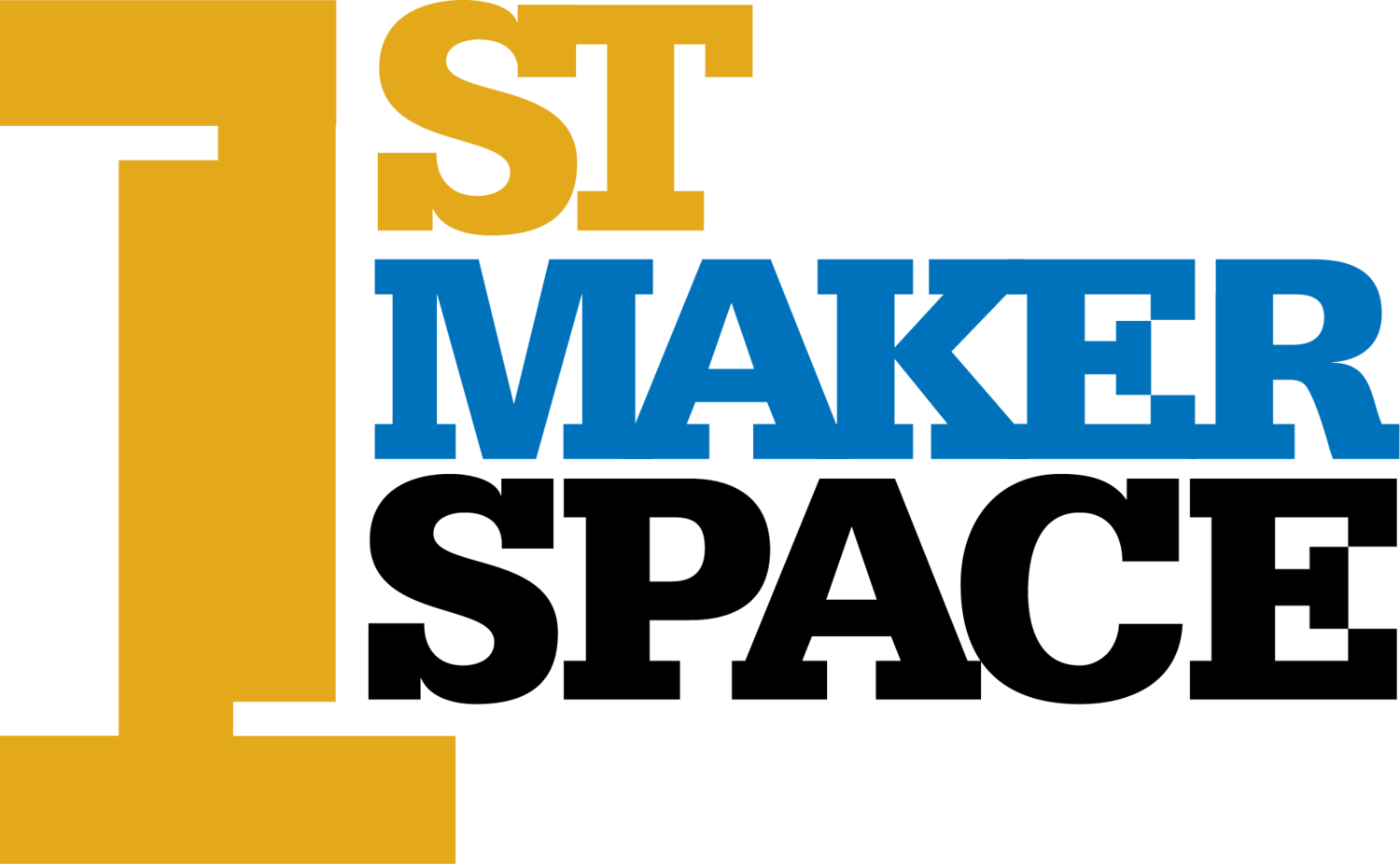The Pioneer of the Maker Movement
Many makers mark the start of the maker movement with the innovations of pioneer Dale Dougherty, the founder of Make Magazine in 2005 and the producer of the global Maker Faire events that have attracted millions of visitors from all over the world since 2006.
He was a co-founder of O’Reilly Media – the publisher of dozens of technology-focused books (with the distinctive covers of hand-sketched animals) aimed at programmers (and anyone) who love to learn. He also popularized the term Web 2.0 (the participatory web) through conferences and publications.
Dale Dougherty’s “Maker Mindset” is one of the foundational documents of the maker movement – particularly as it relates to education. It is equal parts lament, warning, challenge, and anthem. You can find it on the MIT website among other locations – including 1stmakerspace.com!
Dougherty laments that . . .
The rigid academic system is short-changing all students, even though an elite few seem to do well by academic standards. However, there is increasing skepticism that even those who succeed academically are not the kind of creative, innovative thinkers and doers that we need.
We want all students to achieve high standards and every educator we know is dedicated to student success. But the world of ‘making things’ is foreign to all but a few teachers. They never learned how to facilitate a makerspace in Ed school so how would they know how? We aim to help!
He is cautious about our emphasis on the ‘consumer’ economy and a lack of respect for the makers. The Maker Movement, he claims, “is a renewal of deeply held cultural values, a recognition rooted in our history and culture that making comes to define us. We are creatures who need to make.”
To help students succeed in the workplaces of the future “we need to encourage more young people to explore, create, discover, and make their own way.” This is natural in a makerspace – where there is naturally more engagement and student agency. Learning looks more like playing in a makerspace but is none-the-less as rigorous and productive because it is more pleasurable.
Finally, Dougherty believes makerspaces “create more opportunities for young people to make, and, by making, build confidence, foster creativity, and spark interest in science, technology, engineering, math, the arts, and learning as a whole.”
More Makerspaces = More Indiana Makers! Let 1st Maker Space help your school or community start the process of creating a makerspace today with a free consultation.

